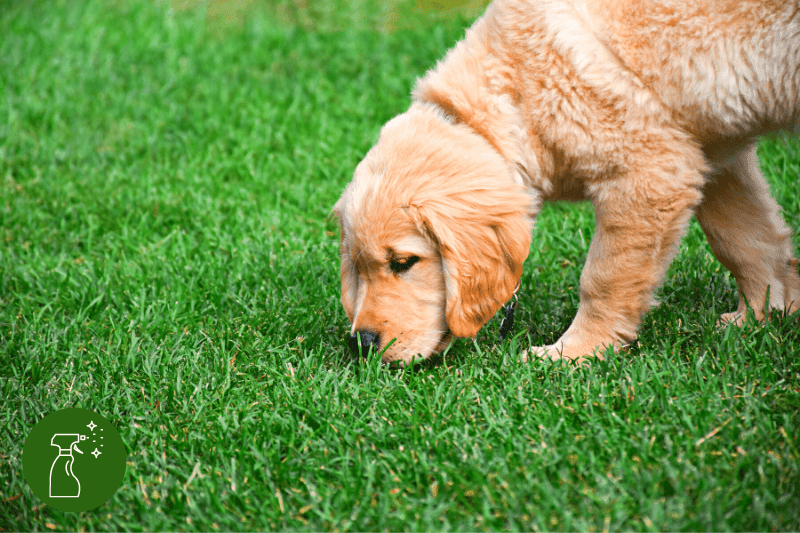When fun becomes a bit too rough, the smooth surface of artificial turf helps avoid scratches and scrapes. The finest artificial grass for dogs may also be used to cover objects and spaces where your dogs could get hurt. For instance, you may have skilled installers place it flat against your fence's jagged edges.
Dog nail injuries are prevalent, especially if your pooch is rambunctious and prone to zoomies. Yards with hardscapes, such as concrete, asphalt, and wood, increase your dog's risk of nail injuries. These materials significantly injure paw pads and nails because they are harsh and unforgiving. Grass seeds are spiky and will readily embed themselves into a pet's foot or in between its toes. Burrs can also become trapped on your dog's paws, burrow under their skin, and create an illness. They may become infected, which may hurt and perhaps necessitate surgery.
Burrs are substantial plant-based balls that can adhere to the fur of your pet. Tugging at your pet's skin and hair, can make them uncomfortable and, in rare situations, even spread an illness.
How Artificial Grass
Can Create A Clean Environment For Pets?
Burrs and grass seeds are absent from artificial grass. As a result, your pets will be protected from these kinds of harm. Ticks pose a major threat to your pet's health because they can spread dangerous illnesses including the potentially fatal Lyme disease and the potentially fatal Rocky Mountain spotted fever. These parasites feed on blood and connect to their hosts by penetrating the skin. Lethargy, weight loss, low blood pressure, and lack of coordination are common symptoms in dogs with tick infestations.
Natural lawns and other damp, overgrown areas are ideal habitats for ticks. Contrary to natural, synthetic grass never stays moist enough to support a tick population. It is still short, so ticks have nowhere to hide, and it only requires water sometimes for cleanups. Additionally, fleas breed in natural grass. They can cause your dog discomfort or even suffering, and they are notoriously difficult to get rid of once they take hold. These parasites can contain tapeworms. However, fleas may also spread dangerous infections to people. Dogs may get fleas from other animals or through rolling in grass that has been infected with flea eggs and larvae.
Because fleas can't survive on false grass, it doesn't harbor fleas in dogs. It also doesn't draw pests like rats and raccoons, which are known to spread fleas. Dogs are susceptible to heatstroke, which can be fatal, especially if they have long hair or thick coats. Dogs who overheat from high temperatures and humidity may experience respiratory issues, renal failure, heart attacks, and even death.
Hardscapes and natural grass both reflect and absorb heat. The finest artificial turf for dogs doesn't absorb heat, and you can cool it down whenever you want by hosing it with water. Natural grass may elevate the temperature of your yard to dangerously high levels on hot days, which is not a risk with synthetic grass. Do not be concerned if puddles appear on your lawn. Drainage pores in artificial grass effectively remove water, pet pee, and other moisture. Your natural lawn can benefit from the use of pesticides and weed killers. However, because they leave poisonous fumes and residues on the grass, these chemicals might be harmful to your pets. Additionally, dogs that inhale or eat them may have a variety of medical problems, including vomiting, nausea, seizures, and even coma.
You don't need to treat your lawn with weed killers, insecticides, or other chemicals if you have artificial grass. Because it requires no maintenance and always looks attractive, your pets are never in danger from the elements. Allergy responses can occur in particular dogs. Your dogs are a part of your family, so it's important to keep them safe and well. Pollen from grasses, weeds, and other plants can cause a variety of symptoms, such as excessive paw licking or itchy skin, sneezing, vomiting, and diarrhea. You may accomplish it with the aid of artificial grass.










0 Comments